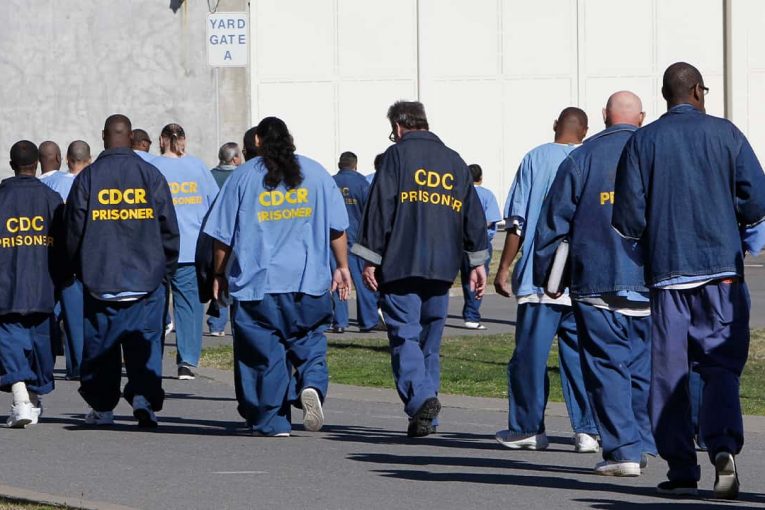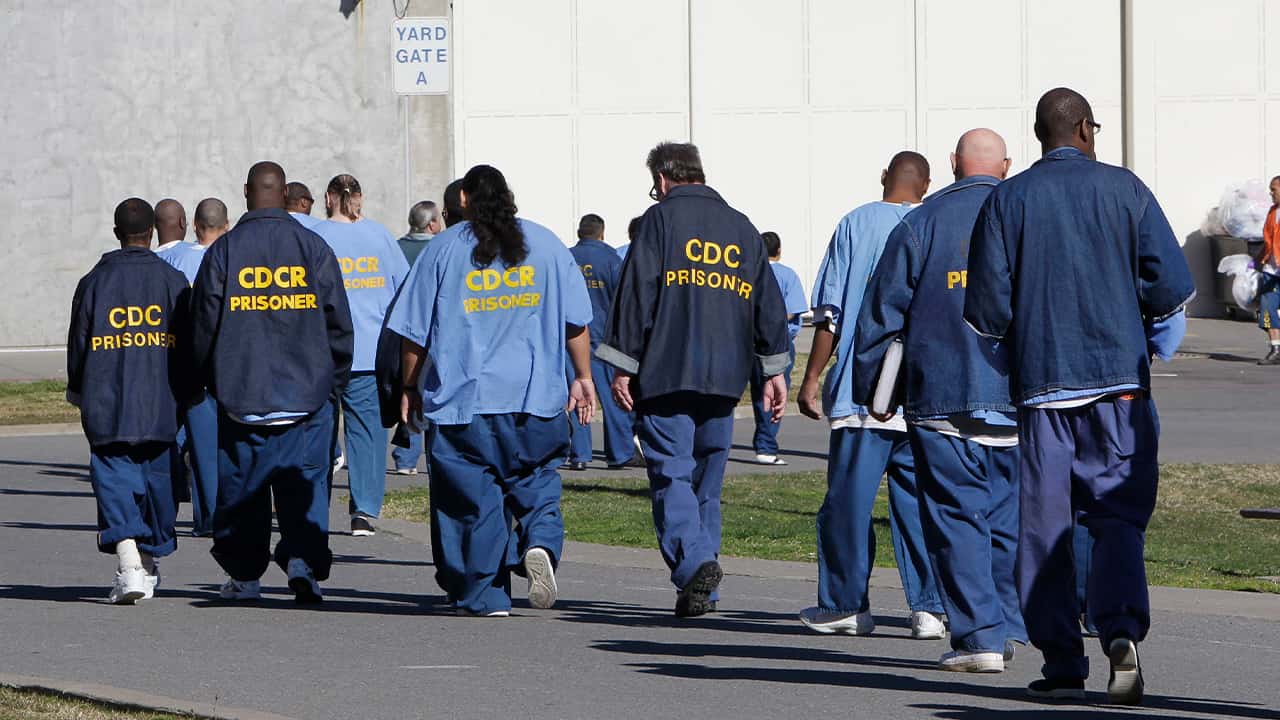


By Franklin Lee
Protective custody for high profile cases, sex offenders, and informants used to mean a death sentence for the incarcerated. The California Department of Corrections and Rehabilitation (CDCR) housed protective custody (PC) inmates with the general population (GP), also known as mainline. Acts of violence including abuse, extortion, stabbings, even murder were common and there were no safe places for them.
California has the largest PC population in the country and is challenged to find safe housing for them. In early 2000, the CDCR created Sensitive Needs Yards (SNY), facilities for the PC population. For nearly two decades, the CDCR ran several SNY facilities, and the aim was to provide PC inmates and drop-out gang members facilities that would be safe for them to rehabilitate. Unfortunately, the SNY program was shut down in 2018. The issue was not that the programs failed, but it did have problems. Many drop-outs forged new alliances on the SNY yards, such as the Northern Riders and Two-Fivers, rebuilding their gang statuses. The CDCR had to resolve the SNY challenge. By 2017, one-third of all 129,000 California inmates were SNY, yet curbing the violence on these yards continued to fail. In December 2017, CDCR announced an end to all SNY facilities with the goal of reintegrating the population. Facilities became “Designated” (non-programming yards) or “Non-Designated” (program yards for rehabilitation, education, and vocation) facilities. Those who were once mainline had an opportunity to apply for these yards and work their way toward parole.
According to the CDCR memorandum that announced this change, “assignment to these facilities is made only after a careful review of each individual’s case factors, potential safety concerns, housing, and rehabilitative needs to ensure people can safely program together.” The new parameters meant to place inmates in the least restrictive housing due to placement scores, mental health, behavior, and medical issues.
Although the program’s goals were to push inmates towards rehabilitation, many in the general population pushed back. Those who wanted to maintain their gang affiliation, or those who did not want the PC stigma, refused to stay on programming facilities. Many first-time offenders were not given a choice and were sent to program yards. Their only way to get back on the bus was to engage in a violent act.
These non-programmers often sought out the most vulnerable to engage in their attacks. Correctional staff prepare when the transport bus arrives by shutting down programs and assembling a full complement of officers. Recently, the inmates on these programming yards have been fighting back. They “strap on their boots” and lay out the rules of the cell to new arrivals, offering a choice to attack someone other than the elderly or disabled. Others form welcoming committees in preparation to retaliate and have non-programmers removed from the yards. Unofficially, they have been told that as long as they do not throw the first punch, it would be considered self-defense.
For 52-year old Mule Creek State Prison resident Anthony Chavez, who has been incarcerated for nearly 15 years, he started out on the mainline, but never affiliated with gangs. He was still forced to participate in all forms of violence and, after the fifth time, switched to SNY in 2013. “I wanted to straighten out my life and not get hurt in the system,” stated Chavez. He found the SNY facility to be peaceful, although there were occasional violent altercations, but most of the time everyone got along. In 2019, after the SNY designation was dissolved, a busload of new inmates arrived and a new guy showed up at Chavez’s pod, just prior to the afternoon count time. Having completed his work day and exited the shower, Chavez offered to help the new guy carry his property to his room. The young man covered with tattoos handed Chavez a box before taking a swing at him. Fortunately, Chavez was not hurt, though he did slip and fall against a table.
After the incident, Chavez was able to recount the situation and noticed one important factor: upon arriving to the pod, the new inmate was escorted by several officers who waited around as if they knew what was about to happen.
“I had lost all hope in being protected in the SNY program,” said Chavez, who was now back at square one, having to watch his back for future violence. “After regaining my composure, I am more vigilant with my safety. It kind of leveled out, although I still cringe when new arrivals come in.”
An ex-gang member, 45-year old Frank Rojas was convicted of murder in 2002 and got caught up in gang politics, which eventually made him a target. In 2005, Rojas dropped out of his gang and transferred to an SNY institution.
“I was able to program without pressure,” Rojas stated, “to do the right thing without repercussions.” He invested his time in college, attending rehabilitation courses, and even enrolled in the P.O.O.C.H. program, which allows inmates to train dogs for injured veterans and autistic children. One night after chapel services, Rojas was walking back to his dorm with his dog. “Before I knew it,” said Rojas, “a guy attacked, throwing some swings, but missed me.” The incident startled his dog who ran off in fear. “I fell back to old criminal thinking. I could have responded to violence with violence.” Rojas was actually focused on the welfare of his dog. “I was upset that the dog could have been traumatized and it would affect his ability to serve.” The dog program has a high standard for dogs in order to graduate from the program. Dogs who can’t perform the commands or have a troubled temperament are failed and removed.
Many SNY facilities house the elderly, medically disabled, or just programmers trying to right their wrongs and take accountability for their crimes. With mainliners coming in and committing violent acts, many fear for their lives or fall back on old habits. They are given no option but to protect themselves at all costs. For those preparing for the Board of Parole Hearings, any reaction to the oncoming assault could jeopardize any chances of a finding of suitability and an opportunity to go home.
The goals of rehabilitation are to break the cycle of violence, manage addiction, replace aggression, and find support in others and a higher power. The CDCR needs to step up and accept the same rehabilitative ideals, to break its own cycle of violence and find better ways to care for its incarcerated community.





